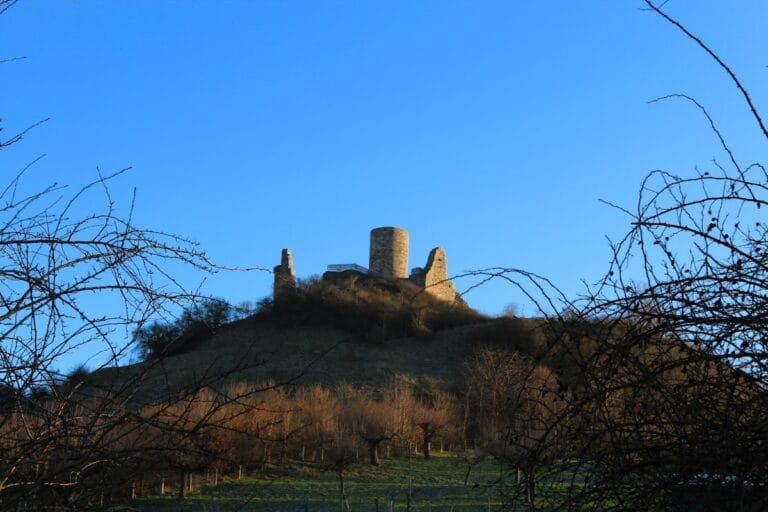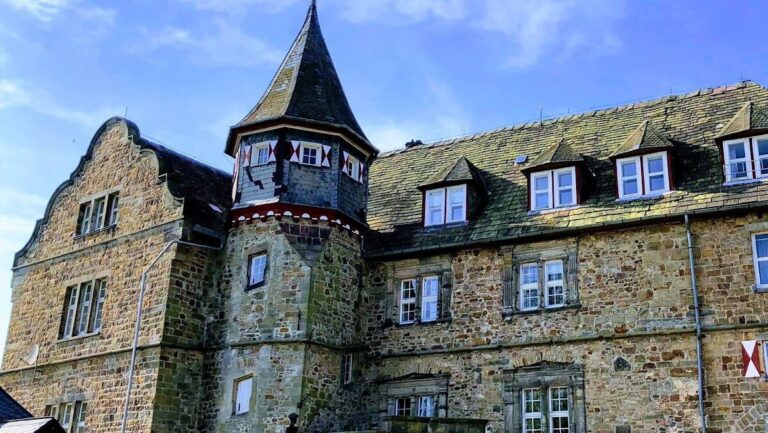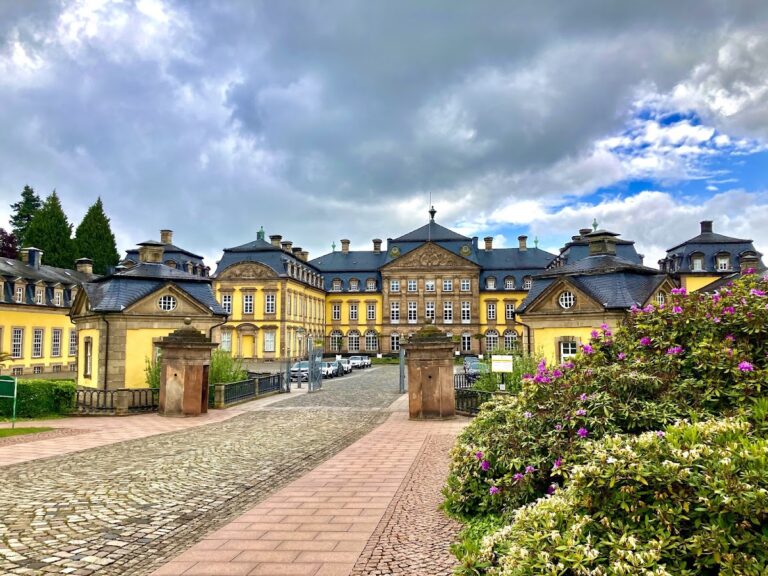Burg Dringenberg: A Medieval Castle in Bad Driburg, Germany
Visitor Information
Google Rating: 4.6
Popularity: Low
Google Maps: View on Google Maps
Official Website: www.heimatverein-dringenberg.de
Country: Germany
Civilization: Medieval European
Remains: Military
History
Burg Dringenberg is a medieval castle situated in the municipality of Bad Driburg, Germany. It was established by the ecclesiastical authorities of the Prince-Bishopric of Paderborn, a territorial ecclesiastical state in the Holy Roman Empire.
The castle’s origins trace back to the early 14th century, shortly after Bishop Bernhard V. zur Lippe acquired the surrounding county known as the Freigrafschaft Dringen in 1316. Between 1318 and 1323, the bishop ordered the clearing of a hill spur standing nearly 300 meters above sea level, where the fortress was constructed. Alongside the castle’s rise, a settlement known as Dringenberg formed at its base, gradually developing alongside the fortress.
During the latter half of the 15th century, Burg Dringenberg underwent significant enlargement and renovation. Between 1463 and 1498, under the guidance of Prince-Bishop Simon III zur Lippe, the castle was enhanced and served as the residence for the prince-bishops of Paderborn. This period not only saw architectural advances but also marked the castle’s political role. In May 1471, Burg Dringenberg hosted the peace agreement that brought an end to a conflict lasting several years between Paderborn and the Landgraviate of Hesse, led by Landgrave Ludwig II. This accord, often referred to as the “Peace of 33 Years,” signaled a prolonged truce between the rival territories.
Further construction took place from 1488 to 1498, overseen by the local steward Otto Arndt von der Borch zu Detmold. During this time, key structures such as the gatehouse, which includes the castle chapel, and the southeastern wing with its defensive tower were added, strengthening both the fortifications and the residential quarters.
The castle’s fortunes changed dramatically during the Thirty Years’ War, an extended series of conflicts across central Europe in the early 17th century. In this period, Swedish forces under Generalmajor Duclas attacked and set Burg Dringenberg ablaze, causing extensive damage. Reconstruction began in 1651 by order of Prince-Bishop Adolph von der Reck, restoring the castle’s structure and function.
Additional renovations were carried out in the early 18th century, specifically between 1710 and 1712, led by Franz Arnold Freiherr Wolff-Metternich zur Gracht. Until the 19th century, the castle continued its role as the summer residence of the Paderborn bishops, maintaining its ecclesiastical and administrative importance.
In more recent times, the castle has transitioned from a residence to a community landmark. It now operates as a local history museum, preserving its legacy and remaining an active part of the town’s cultural life.
Remains
Burg Dringenberg occupies a strategic position atop a hill, characterized by a classic medieval hill fortress design. It is surrounded by a strong defensive wall that historically protected the castle and its inhabitants. A prominent watchtower known locally as the Hungerturm—literally translated as the “Hunger Tower”—served as a lookout point and part of the defensive system.
The hill on the castle’s northern side descends steeply into the valley, providing a natural defense and a broad vantage point overlooking the landscape below. Though this slope is now overgrown with trees and shrubs, its steepness remains a notable feature of the site’s terrain.
On the southern flank, visitors would have approached the castle through its main gate. Access to this entrance was granted over a sturdy bridge that crossed a defensive moat, a common medieval obstacle designed to hinder potential attackers.
Within the castle’s courtyard lies a remarkably deep well, measuring nearly 39 meters. This well supplied water not only to those residing within the fortress but also to villagers living nearby. The mechanical components associated with the well, featuring a wheel mechanism to draw water, bear an inscription with the date 1835, indicating they were updated or repaired during that year.
The courtyard also contains historical decorative elements. One plaster surface dates back to 1551 and displays symbolic imagery: a bronze snake alongside the Lippische Rose, the rose emblem associated with the ruling Lippe family. This decoration reflects a blend of symbolic and dynastic motifs linked to the castle’s history.
Near the entrance to the cellar, an ancient inscription remains visible on a plastered wall from the early stage of the castle’s construction. This message served as a warning against descending into the cellar, underscoring concerns that may have related to safety or security within the fortress.
Overall, the castle’s structural remnants—ranging from fortified walls and towers to water supply systems and symbolic decorations—illustrate its evolution from a defensive stronghold to a noble residence, retaining elements that span from the medieval period through later centuries. Portions of the castle remain inhabited, while others support community functions, preserving the site’s ongoing connection to the local population.







